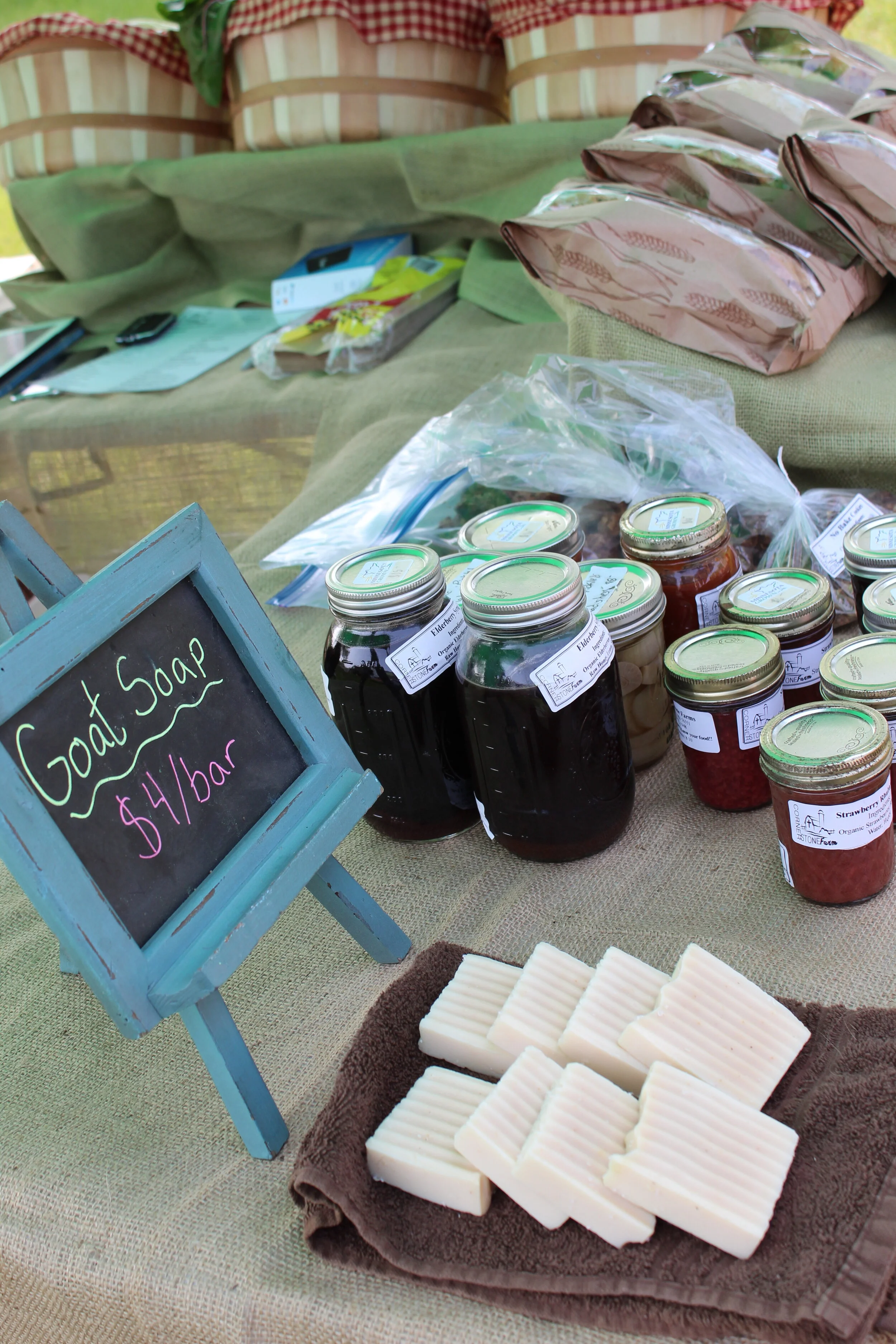Finding local grown in winter
Now that Farmers Markets are closed in most locations for the season, what’s a local foodie to do?
Don’t despair! There are plenty of great opportunities to get local foods and products throughout the year.
Realistically, you won’t be able to get fresh tomatoes, unless you know someone growing it hydroponically. But there are many seasonal opportunities for local foods plus winter CSAs to consider.
Here are a few ideas as you start your search for fall/winter local foods.
Farmers Market Connections
Conversations with Farmers Market vendors can yield some great knowledge for getting year-round goodies.
Through discussions with growers over the past two years, I’ve found Ida Valley Farm grows microgreens throughout the year. Jim Salmons of Alexandria, MN, recently featured in The Local Growers, raises lettuce throughout the year.
The Fergus Falls (MN) Farmers Market announced on its Facebook page that it would not have a winter farmers market this year, but, if anyone wanted to contact a grower, they could connect with the market’s manager and she would make the contact. There were several growers who had squash, potatoes, jams and more to sell.
Or, if you know people who regularly visited the local farmers market, talk to them. They may know growers who can help you get locally produced goods.
2. Programs like Minnesota Grown
I live in Minnesota and I swear (not most days, but sometimes) by the Minnesota Grown Directory.
This directory lists growers and producers from throughout the state. Each entry includes the grower’s name, contact information and what products they offer. Besides listing growers by various regions in the state, there are also breakdowns of types of products. For example, if the producer raises honey or meat or produces wine. There is also a listing of farmers markets.
The directory is available both online at the Minnesota Department of Agriculture website or, through that same site, a printed copy of the directory can be ordered and sent.
Other states do something similar like North Dakota’s Pride of Dakota.
But not every state has such promotions of locally grown or locally produced items. What do you do then?
Google it.
I was curious about how wide reaching local grown programs might be, so I searched Georgia. What I found were more locally developed food systems and offerings.
3. Check social media
A Facebook friend posts when she has eggs available for sale. She has quite a following who watch for those posts. Of course she also has really cute kids who are active in a number of events AND she has goats, chickens and a large garden which also draws people interested in her story.
But knowing the care she and her family give to the land and their livestock makes you aware of their production practices.
Don’t get me wrong. Her FB page is not a sales page. But it is an opportunity for her to let people know when she has eggs available.
That’s just one example. There are farms in the area who also have their own Facebook pages where they, too, tell what’s going on at the farm with information on produce and meat availability.
4. Check local stores
Some enterprising local entrepreneurs have turned directly to retail.
I am thinking of people who’ve developed their own spice mixes or barbecue sauces.
One gal I hope to feature soon in The Local Growers bakes. She has several pop-up shops throughout each month. While she’s just started her business, she reports success as she’s sold out each time.
She announces the where and when of her pop-ups via Facebook. And word of her product spreads as customers talk to others.
So when you are at the local store, check out the products carefully. You may find some locally produced goodies that strike your fancy!
5. Watch ads and local media
I’ll admit that a few years ago I was going to ban the local shopper from my home. Everytime Hubby would get ahold of it, he would find someone who had stewing hens for sale. But, the stewing hens were live meaning they had to be processed by the person buying them.
We’ve done it before, so it wasn’t a new skill for either of us. But he felt we must’ve been on a roll after we did one batch, because he saw another ad and just couldn’t pass it up!
I became the champion pin feather picker!
Thanks to that ad, we found stewing hens that were great for soups and stews. I think Hubby even used them in his homemade chow mein! Oh, I gotta stop this. I am getting real hungry!
So check the ads and watch for stories on local growers. And check out thelocalgrowers.com!








